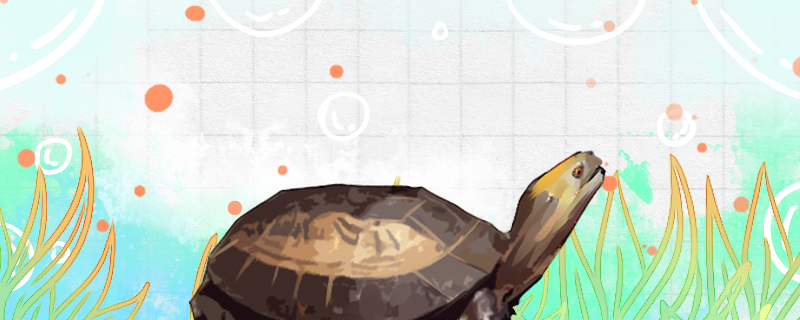
The yellow-fronted box turtle is a kind of turtle that can be raised in captivity. Its breeding difficulty is still relatively high, and it is not a good turtle. They have higher requirements for the environment and are more sensitive to the environment, such as water temperature, water quality, water level and so on, which have a greater impact on them. In addition, their disease resistance is relatively weak, once the environment is not suitable, they are prone to disease. Moreover, their reproduction will be more difficult. They also have a bad personality and ask for a quiet environment. Generally speaking, the survival rate of breeding them is relatively low, and the difficulty of breeding is high.
1. Space: When raising yellow-fronted box turtles, because they are semi-aquatic turtles, the breeding environment should be arranged as amphibious. The container should be large enough, the water and land in the container occupy half and half, the land can use sand, sand planted on turf and green plants, to create the most suitable environment for them.
2. Feeding: Yellow-fronted box turtles are omnivorous animals, but they also need to be carefully selected for food. The food of yellow-fronted box turtle is mainly carnivorous bait, such as fish, shrimp, crickets and so on, as well as fresh pork and animal viscera. In addition to carnivorous bait, plant bait is also essential; Vegetables are cabbage, tomatoes and so on; Fruits include bananas, apples and so on. In short, keep the diversity of food, so as to help the growth and development of yellow-fronted box turtles.
3. Water quality: When raising yellow-fronted box turtles, maintaining good water quality is also a very important link. Fresh water should be replaced frequently, residual bait and dirt should be removed in time, and water body and food table should be disinfected regularly to ensure cleanliness and hygiene.
4. Water level: Keeping a suitable water level is a very important link for breeding yellow-fronted box turtles. The water level should not be higher than two-thirds of their carapace height, or they can be kept in shallow water with a depth of 5 cm.